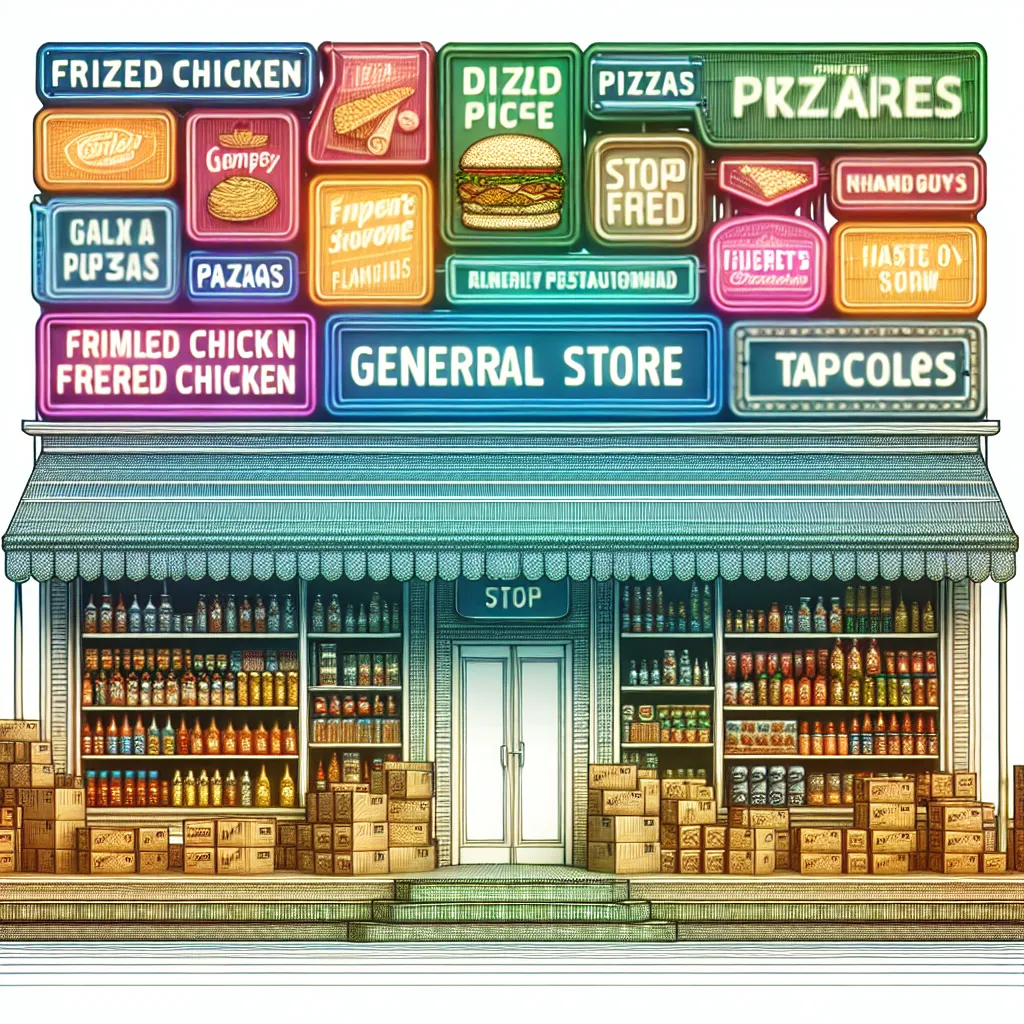Debt can feel like an invisible weight, hanging over your shoulders and whispering in your ear. The good news is, there are ways to shake off that burden. With the right game plan, you can get a handle on your finances and work towards a debt-free future. Let’s dive into a friendly, comprehensive guide to mastering your debt.
First things first, you need to understand your debt. Think of it as knowing your enemy before a battle. Make a list of all those pesky debts, jotting down the balance, the interest rate, and the minimum monthly payment for each one. Imagine you’ve got three credit cards – Card A with a $500 balance and an 18% interest rate, Card B with a $2,000 balance and a 20% interest rate, and Card C with a $1,000 balance and a 15% rate. Having this info laid out in front of you gives you the full picture and helps you figure out which debts to tackle first.
Once you’ve got your list, it’s time to create a budget. This isn’t as scary as it sounds. Just start by adding up your monthly income and expenses. Split your expenses into two categories: mandatory ones like rent and groceries, and optional ones like that morning latte or movie nights. Look at your budget closely and see where you can trim the fat. The 50/30/20 rule is a handy guide – 50% of your income goes to necessities, 30% to discretionary spending, and 20% to saving and debt repayment. By cutting back on the discretionary stuff, you can channel more money towards those debts.
Now, let’s talk about how to actually pay down your debts. There are a few different strategies, each with its own perks.
One popular method is the Snowball Method. This involves paying off your smallest debt first while making minimum payments on the rest. Once the smallest one’s gone, you move on to the next smallest, and so forth. So, with our hypothetical credit cards, you’d pay off Card A first since it has the smallest balance. After that’s clear, aim for Card C, and finish with Card B. This approach gives you quick wins and keeps you motivated.
Then there’s the Avalanche Method. Here, you focus on the debt with the highest interest rate. Pay as much as you can towards that one while doing the bare minimum on the others. For our example, you’d tackle Card B first because it has the highest interest rate. Once that’s done, you move on to Card A, then Card C. This method can save you more on interest in the long run, which is a huge plus.
Another option is Debt Consolidation. This means combining multiple debts into a single loan with a lower interest rate and simpler monthly payments. Imagine rolling all those credit card debts into one personal loan with a lower interest rate. It can make managing your payments way easier and save you some cash on interest.
Don’t stop there, though. There are additional tips to give you that extra edge in your debt-busting journey.
One smart move is to pay more than the minimum. Knocking out extra payments each month, especially on your highest-interest debt, can accelerate your repayment. Some lenders even let you specify that your extra payments go directly to the principal, which cuts down the loan faster.
Another trick is to pay more frequently. Paying your credit card bills more than once a month helps lower your balance and reduce your credit utilization ratio. This ratio is the percentage of your total available credit you’re using and keeping it low can give your credit score a boost.
If things are really tight, consider negotiating with your creditors. You might be able to snag a lower interest rate, temporary payment relief, or even a settlement. Always get these agreements in writing to cover your bases.
One of the golden rules of managing debt is to avoid piling on new debt. Cut those credit cards and avoid new loans while you work on paying off the old ones. Having an emergency fund can be a lifesaver here, helping you avoid new debt when life throws curveballs.
Managing debt isn’t a sprint; it’s more like a marathon. It requires patience and a flexible mindset. Celebrate milestones along the way – whether it’s paying off a small debt or hitting a significant repayment goal. These wins can keep you motivated. Stay focused on the endgame: being debt-free, and occasionally remind yourself of why you started this journey.
Be ready to adjust your strategy if needed. Life’s unpredictable, and your financial situation might change. The key is staying consistent and committed to your goal. Whether you stick with the Snowball Method, the Avalanche Method, or choose Debt Consolidation, consistency and motivation are vital.
Managing debt involves understanding where you stand financially, creating a solid budget, and choosing a repayment strategy that fits your life. By trimming unnecessary expenses and focusing your efforts, you can gain control over your finances and march towards a future free of debt’s heavy chains. Each extra payment brings you one step closer to freedom, so stay positive and keep celebrating those small victories along the way.





